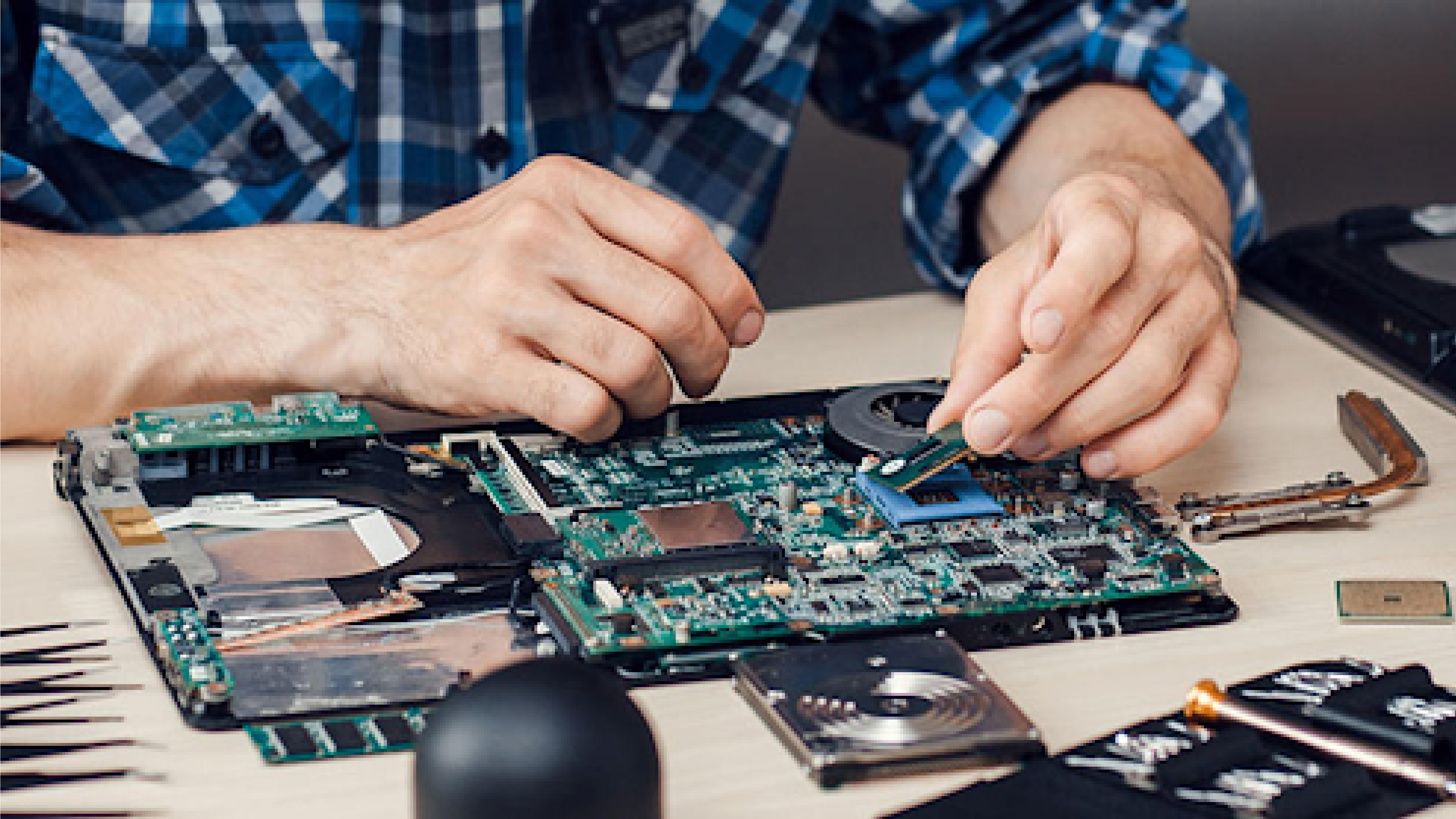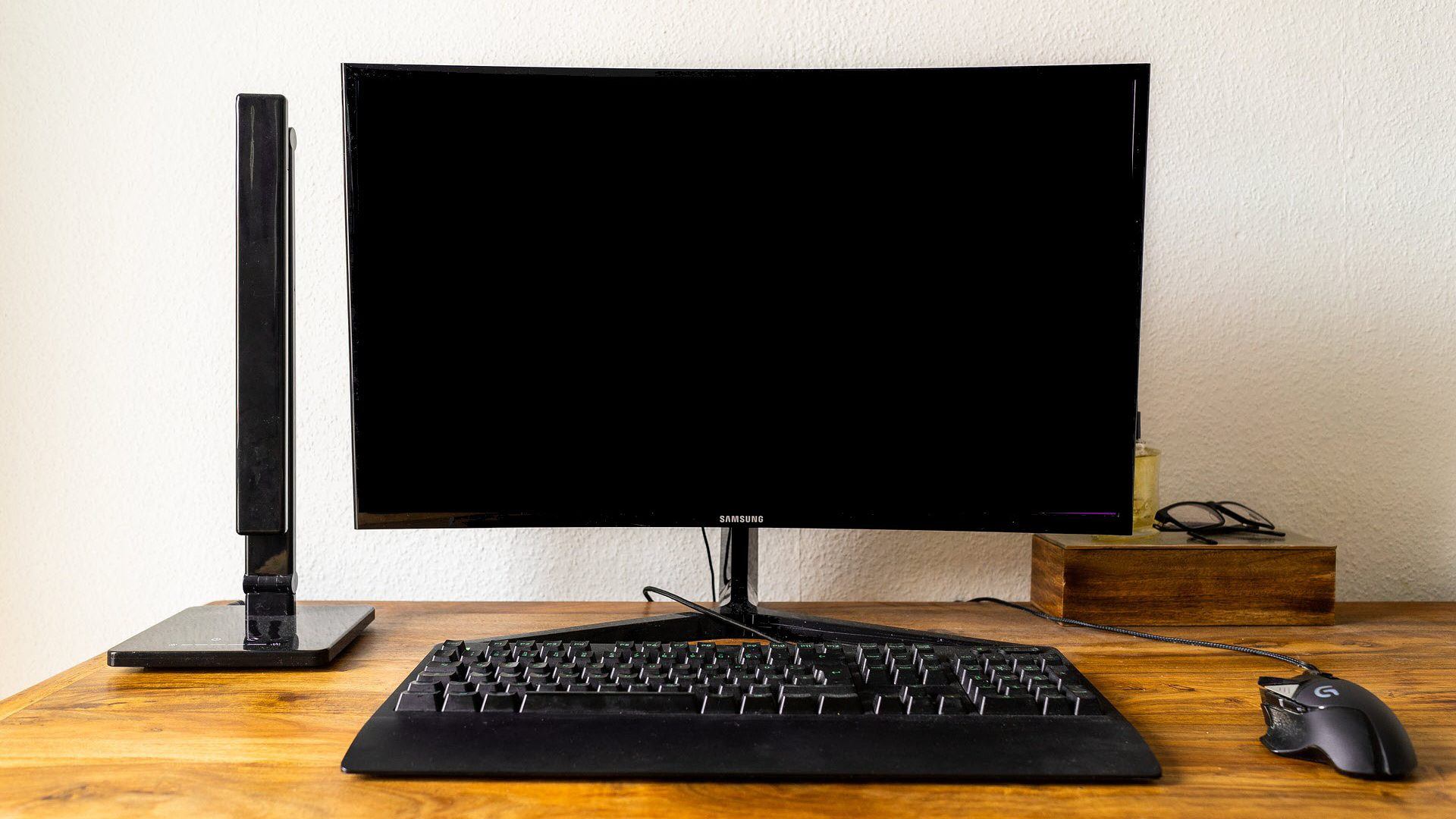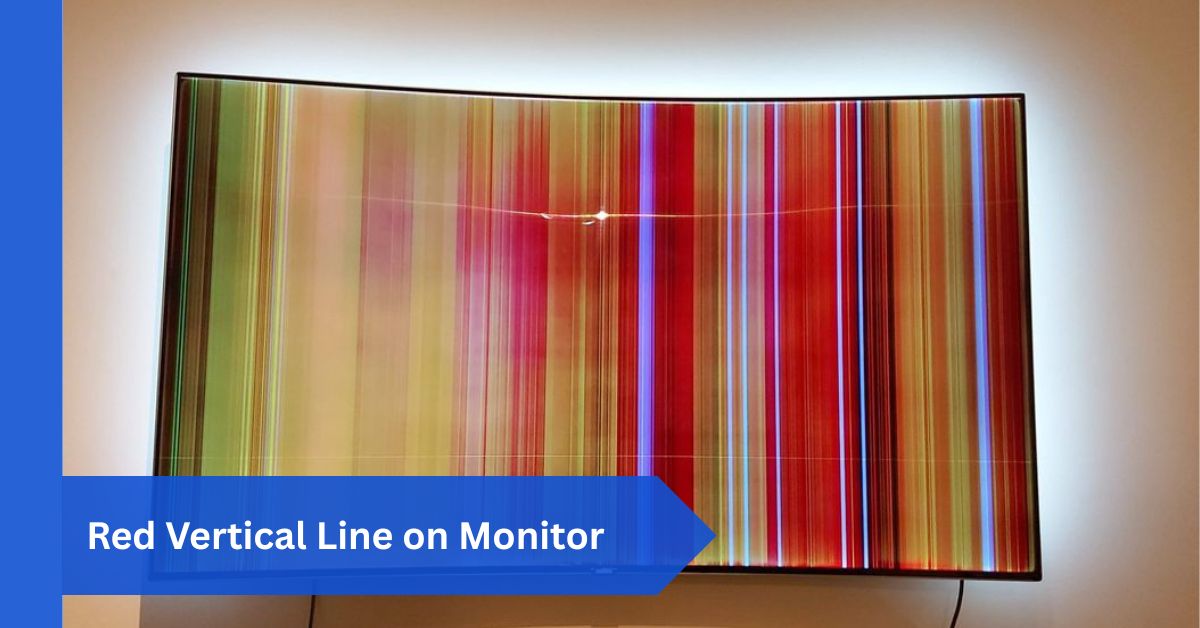Introduction:
Seeing a red vertical line on monitor can be alarming, especially when you rely on your screen for work, gaming, or daily use. Sometimes it appears suddenly, while other times it gradually develops, making you wonder if your monitor is failing. Such issues can be frustrating because they disrupt focus and raise concerns about long-term screen health.
A red vertical line on monitor is usually caused by loose cables, outdated drivers, GPU problems, or a failing display panel. Try restarting, updating drivers, swapping cables, or testing with another monitor—if the line persists, it’s likely a hardware issue requiring repair or replacement.
While it may appear to be a simple line, the issue behind it can range from minor software glitches to major hardware failures. Ignoring it can lead to more significant problems, so it’s essential to understand what’s happening and how to resolve it. By identifying the root cause early, you can save both time and money on potential repairs or replacements.
In This Article, we discuss “Red Vertical Line on Monitor.”
Understanding the Problem:
Monitors display images by arranging millions of tiny dots known as pixels, each of which contains red, green, and blue subpixels. When everything is working well, these subpixels combine to generate the images you see. This seamless blending is what allows monitors to produce sharp visuals and accurate colors across the screen.
However, if one colour channel, such as red, becomes blocked or the connection between your graphics card and monitor fails, you may see a constant red line stretching across the display. Such issues are often early indicators of either hardware stress or signal transmission errors that shouldn’t be ignored.
Common Causes of a Red Vertical Line:
Hardware and software issues are two possible causes. Sometimes it’s as simple as a loose HDMI cable, while other times it points to a failing GPU or damaged display panel.
In general, the main culprits include hardware issues, outdated or corrupted drivers, malfunctioning cables, overheating GPUs, and stuck or dead pixels.
Hardware-Related Causes:

One of the most frequent causes is loose or damaged display cables. If your HDMI, DisplayPort, or VGA cable is bent, frayed, or not properly connected, it can disrupt the signal and create red lines.
Another cause could be a faulty display panel inside the monitor itself, which happens when internal circuits wear out. In gaming setups, GPU issues are also common. If your graphics card overheats, gets dusty, or starts failing, the display may show artifacts like red lines.
Software-Related Causes:
Software isn’t always innocent in this problem. Outdated or corrupted drivers can confuse your system, making your display render incorrectly. Sometimes, after a big operating system update, compatibility issues arise, leading to red lines until you reinstall or update the drivers.
Even misconfigured display settings can contribute, especially if you’ve recently changed screen resolution or refresh rate settings.
Different Types of Red Lines:
Not all red lines look the same. Some people notice a thin, perfectly straight line that never moves, while others see thicker, flickering lines. You might face one line in the center or multiple lines across the screen.
Each variation points to a different issue—for example, a single thin line often indicates stuck pixels, while multiple flickering lines might suggest GPU or cable problems.
Diagnosing the Issue:
Before purchasing a new display, do a few simple inspections. Replace the cables first to check if the problem persists. Connect your second display to your computer if you have one. If the red line goes away, the problem might be with your original display.
If the line is visible on both the old and new monitors, the problem is most likely with the program or your GPU. Running the manufacturer’s built-in diagnostics on your monitor or checking to see if the line appears on your BIOS screen will also help identify the issue.
Quick Fixes You Can Try at Home:

Sometimes the fix is simpler than you think. Restarting your computer can clear temporary glitches. Double-check your HDMI or DisplayPort cable to ensure it isn’t loose.
Updating your display drivers is another effective solution—many users report the red vertical line on monitor vanishing after installing the latest version. Resetting your monitor to factory settings through its menu might also help if the issue comes from misconfigured settings.
Advanced Troubleshooting:
If basic fixes don’t work, you’ll need to dig deeper. Reinstalling or rolling back drivers can solve compatibility issues introduced by recent updates. Testing with another graphics card, if available, can help confirm whether your GPU is at fault.
You can also try booting into safe mode, which runs your system with minimal drivers—if the line disappears there, it’s most likely a software problem.
When It’s a Pixel Issue:
A common reason for a persistent single red line is stuck pixels. Unlike dead pixels, which stay permanently black, stuck pixels remain lit in one color. Luckily, some tools and apps flash colors rapidly across the screen to “unstick” them.
Some people also use the gentle massage technique, lightly pressing on the affected area with a soft cloth to reset the pixel. This doesn’t always work, but it’s worth a try before giving up.
When It’s a GPU Problem:
In addition to red lines, a failing graphics card frequently exhibits odd abnormalities in visuals, screen flickering, and game crashes. Using software tools to monitor the temperature of your GPU can help identify overheating problems.
Stress on the GPU is frequently decreased by clearing off dust from your computer and increasing ventilation. To determine whether a replacement card is required, testing with a different card might be the only option if issues continue.
Monitor Problem That Causes Red Vertical Line on Monitor:

Your display itself may be the problem if everything else has failed. No repair can eliminate persistent vertical lines caused by internal panel hardware failures. Check to see if your monitor is still covered by warranty in this situation; many manufacturers do.
Otherwise, you will need to compare the cost of repair to the total cost of replacing the display.
Prevention Tips:
Repair is never as good as prevention. Take caution when handling display cables to prevent bending or breaking them. Keep your PC and monitor dust-free to prevent overheating. Update your drivers frequently to minimize software conflicts.
Steer clear of using your monitor at unsupported refresh rates or resolutions. Finally, to safeguard your equipment from power fluctuations that could result in irreversible damage, use a surge protector.
Extra Insights: Everyday Scenarios:
Picture yourself playing a game when all of a sudden a thin red line slashes across your battlefield. You might initially write it off as a bug, but when it persists, you become frustrated.
Or consider working on a design project where color accuracy is crucial; it’s almost impossible to concentrate when you see that eye-catching red line.
These actual cases demonstrate why it’s critical to address the problem right away. It’s not just about beauty; it’s also about productivity and mental clarity.
It’s also important to remember that laptops may experience the same problem. Try connecting your laptop to an external display if you notice a red vertical line on the screen.
The laptop display itself is to blame if the line is not visible on the second screen. This method is a simple and fast way to identify the source.
Additionally, many people overlook power fluctuations as a silent contributor to screen issues. Sudden surges or drops in voltage can damage sensitive display circuits.
That’s why using a high-quality UPS or surge protector is more than just a precaution—it’s a safeguard for the long-term health of your monitor.
Conclusion:
A red vertical line on monitor doesn’t always mean the end of your screen’s life. In many cases, it’s something as simple as a loose cable or outdated driver. By carefully diagnosing the problem, trying quick fixes, and identifying whether the issue comes from software, GPU, or the monitor itself, you can often resolve the issue without spending a lot of money.
But if it’s truly a hardware failure inside the monitor, replacement may be the only long-term solution. Taking preventive steps now will save you from facing this issue again in the future.
FAQs:
1. Can a red vertical line damage my monitor further?
Not directly, but ignoring the cause (like GPU overheating) can lead to bigger hardware failures. It’s important to properly diagnose issues early since prolonged stress on essential internal components can eventually worsen the overall problem.
2. Is a red vertical line on monitor always a stuck pixel?
No, it could also be caused by cable issues, GPU malfunction, or a failing display panel. Testing with another compatible device or cable often helps quickly identify whether it’s a pixel issue or a deeper hardware fault.
3. How do I know if my GPU is failing?
Frequently occurring crashes, graphical abnormalities, overheating, and red lines spanning several monitors are warning signs. Running advanced and reliable GPU stress tests can confidently confirm if the graphics hardware is underperforming, unstable, or reaching failure.
4. Can software alone cause red lines?
Yes, corrupted or outdated drivers and misconfigured settings can definitely create display issues. A clean reinstall of the latest updated graphics drivers often quickly resolves these stubborn, recurring software-related visual glitches and persistent errors.
5. Should I repair or replace my monitor if the line won’t go away?
Ask for a replacement if your monitor is still covered under warranty. If not, replacement is usually far less expensive than complex repair. However, for premium, high-end monitors, professional repair might still be financially worth considering carefully.
